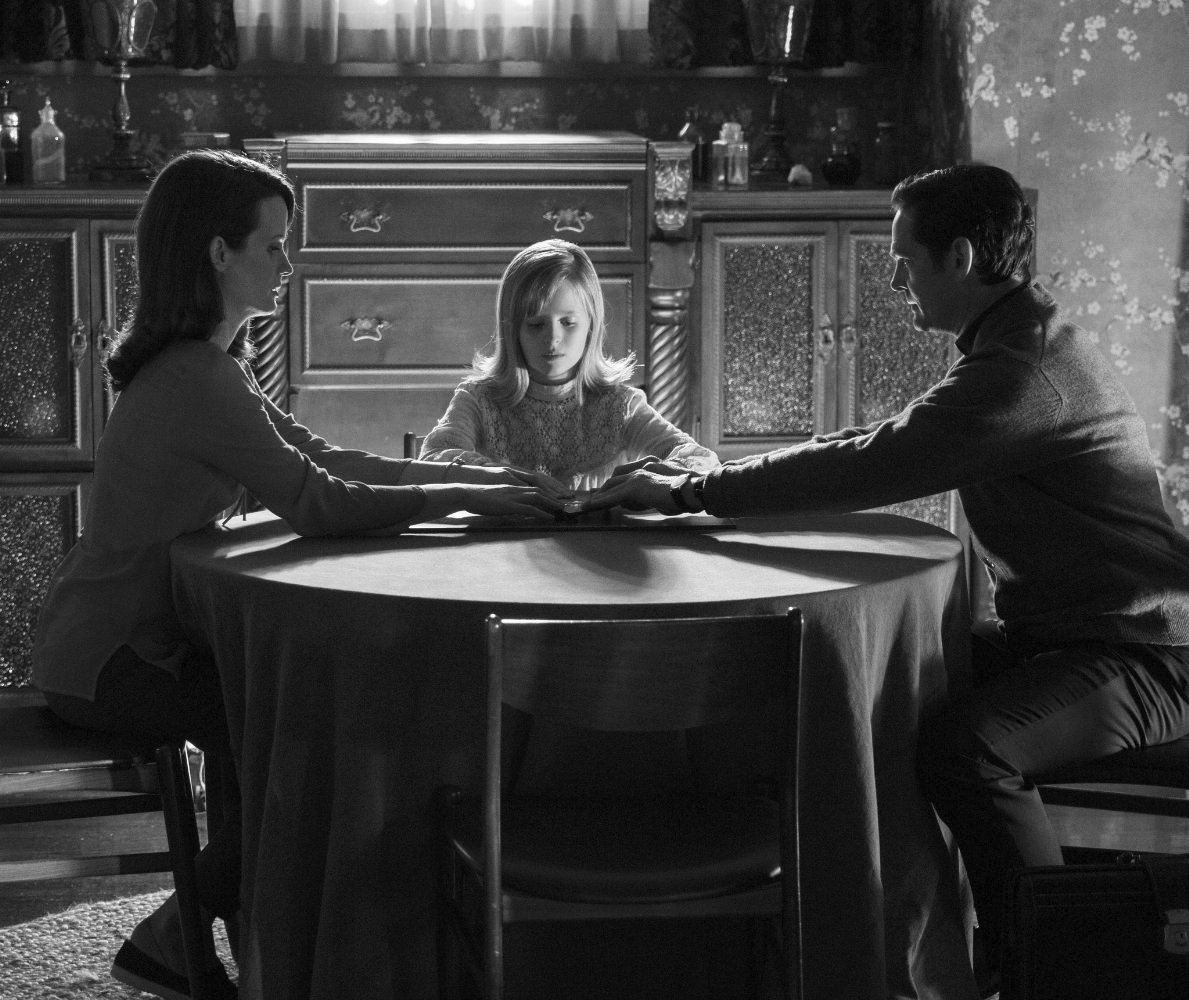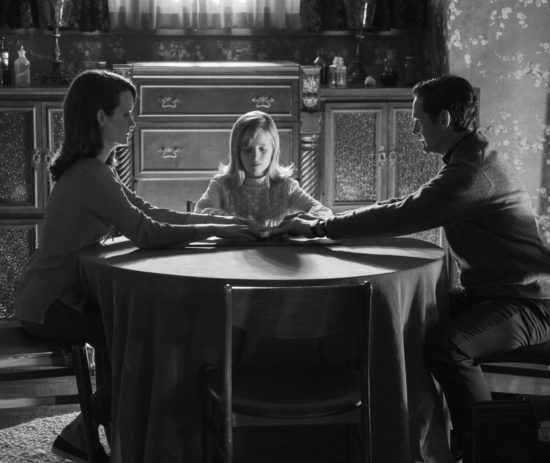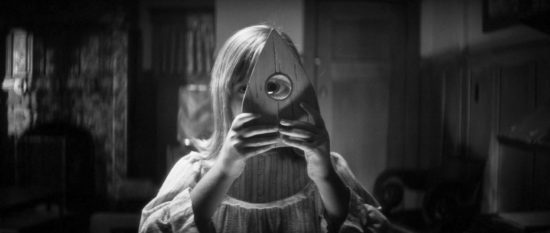


People have never necessarily chosen to sit through horror films for their thought-out and impeccable plots. No, horror films tend to be watched by those in seek of adrenaline; to feel that familiar thrill of panic and terror, and laugh when friends leap in fear during jump-scares or cover their eyes through gory contretemps.
Unfortunately for horror films, however, there are only so many tricks and gags you can pull before they get overdone and boring. Every possible path you could take while creating a horror film is one already explored by a multitude different directors and writers a multitude times prior.
This means, of course, that the resulting movies are rather cinematically and holistically predictable by nearly every person watching.
Nonetheless, some film creators still try their hardest to wow their audience, despite the innate fact that by simply existing as a horror film, their work will go over as inevitably foreseeable and unsurprising as any other. “Ouija,” directed by Mike Flanagan, is a perfect example of this.
It takes place in 1967, concerning the plight of a mother (Elizabeth Reaser) and two daughters (Annalise Basso and Lulu Wilson) who earn their living by pretending to be mediums and scamming people out of their money, using fake fortune-telling and staged interactions with their customer’s departed.
Of course, these fake mediums decide to buy an ouija board to use as part of their act and — surprise, surprise — real spiritual things begin to happen.
The inexorable shock and eventual coping with this thought ensues as the three girls discover there are demonic entities occupying their home. As they communicate further with the surreptitious beings, they uncover the truth and cause behind their insidious actions.
Nazis. Yeah, that’s right; nazis. As in WWII, heil Hitler nazis.
To be fair, the actual nazi characters never appeared in the film, but they were mentioned, and served as the antagonist towards the demonic beings occupying the house.
The demonic beings had been, essentially, captured Prisoners of War brought to the household in question decades beforehand, and then tortured and experimented on by, yes, nazis.
The first problem I have with this is that the whole nazi bit happened during, and for a little while after, the events of WWII. If this movie takes place in 1967, that would have only been twenty years beforehand — maybe even less — yet the skeletons and the bags and records found in the house, belongings of the POWs, are ancient-looking fossils and artifacts. The mother was, like, twenty when all of this nazi bussiness happened.
In addition, uh, what? Nazi POWs? Who, I guess, are big ol’ meanies because they were beat up when they were alive? So they’ve become very intensely demonic entities, full-on possessing and hanging people, literally right away? They die a kind-of-unfortunate death and immediately transform into devils?
Dang, there must be way more demonic ghosts out there if that’s the general process. Like a fifth of the world’s dead people are now Satan spawns.
It doesn’t seem like there was very much thought behind these antagonists, other than, “what possible sad plot could we have for the bad guys? Why are they bad? Put anything down, anything. Oh, you know what was sad and bad? World War II. World War II was pretty unfortunate, use that. People will know what we’re talking about if we say WWII. They’ll know how sad and bad their lives were.”
And of course, the movie closes with that classic, “is it done? Wwhhooaa, maybe not! Check out this jump-scare that alludes to the fact that not everything is over quite yet! Mwahahaha!”
Overall, I’d say this film ranks alongside almost every other horror movie that’s come out in the last ten years — it’s painfully predictable, overuses obvious gags, and tries to set itself apart by attempting an interesting backstory.
Yep. No worse or better than any other horror film I could have watched. It completely met my expectations. Score: 3/10.
